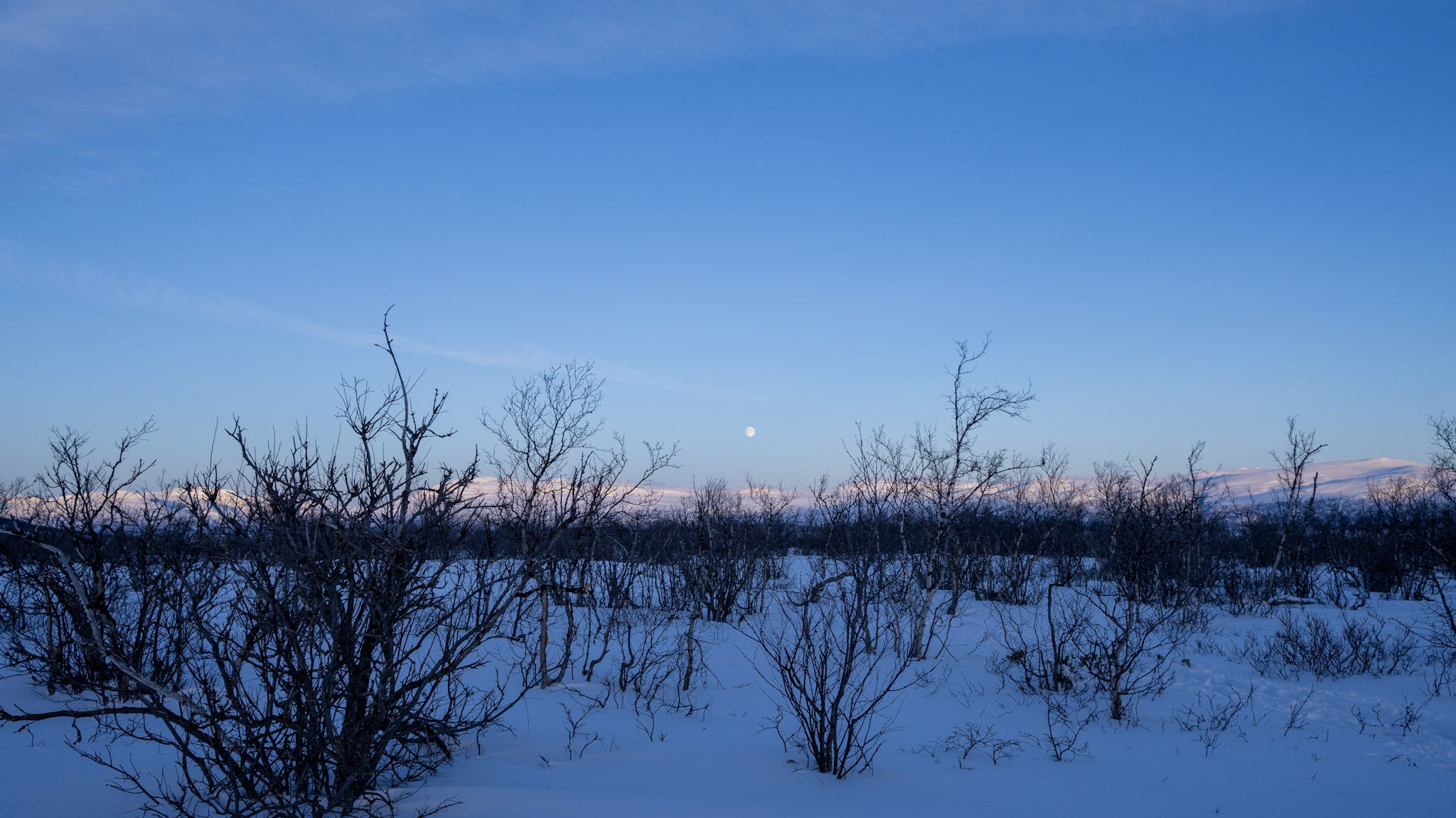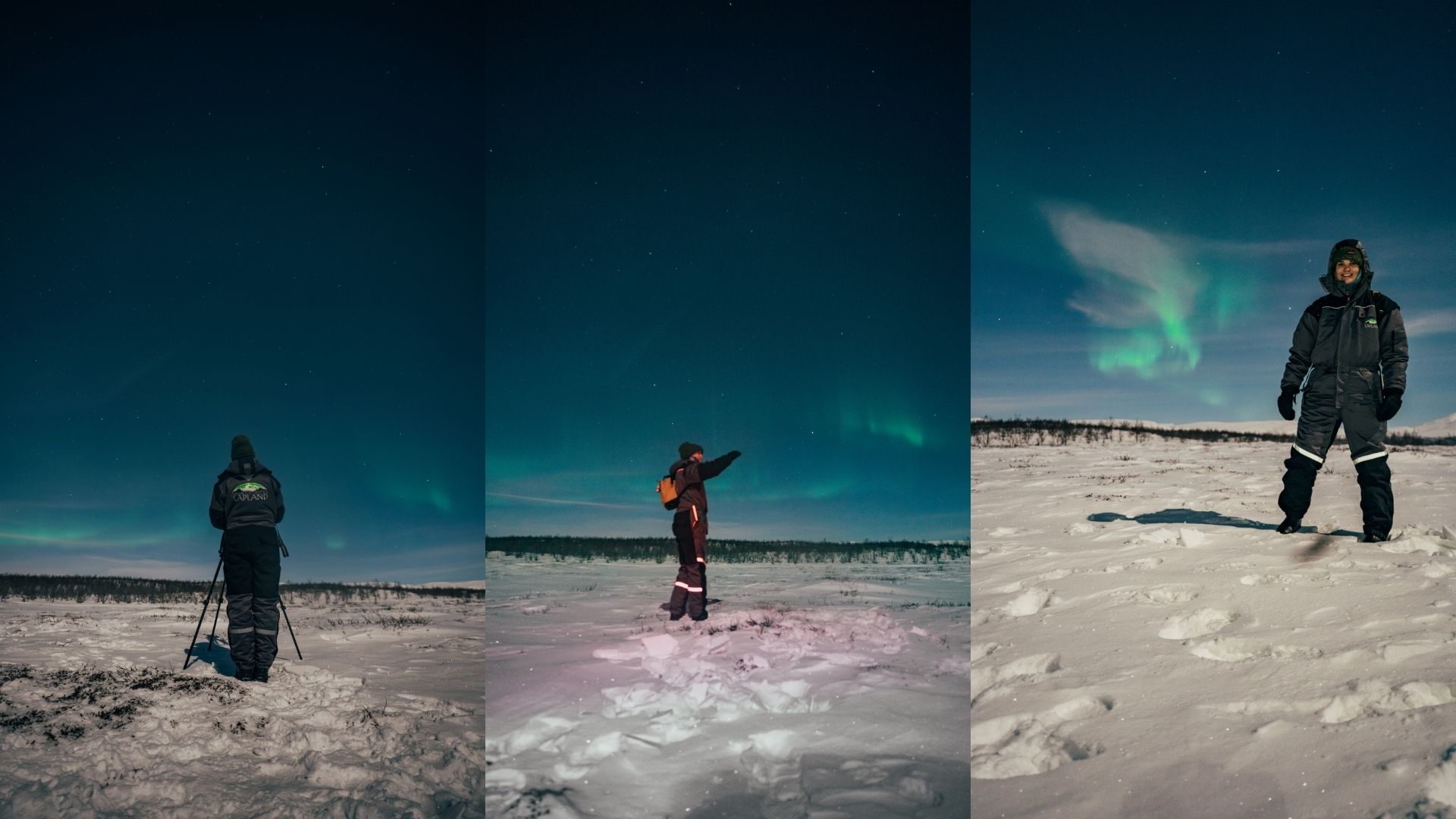I put Abisko's 'cloud-busting weapon' to the test during a Sweden northern lights adventure and was not disappointed
Abisko's 'Blue Hole' makes it the perfect place for northern lights enthusiasts.
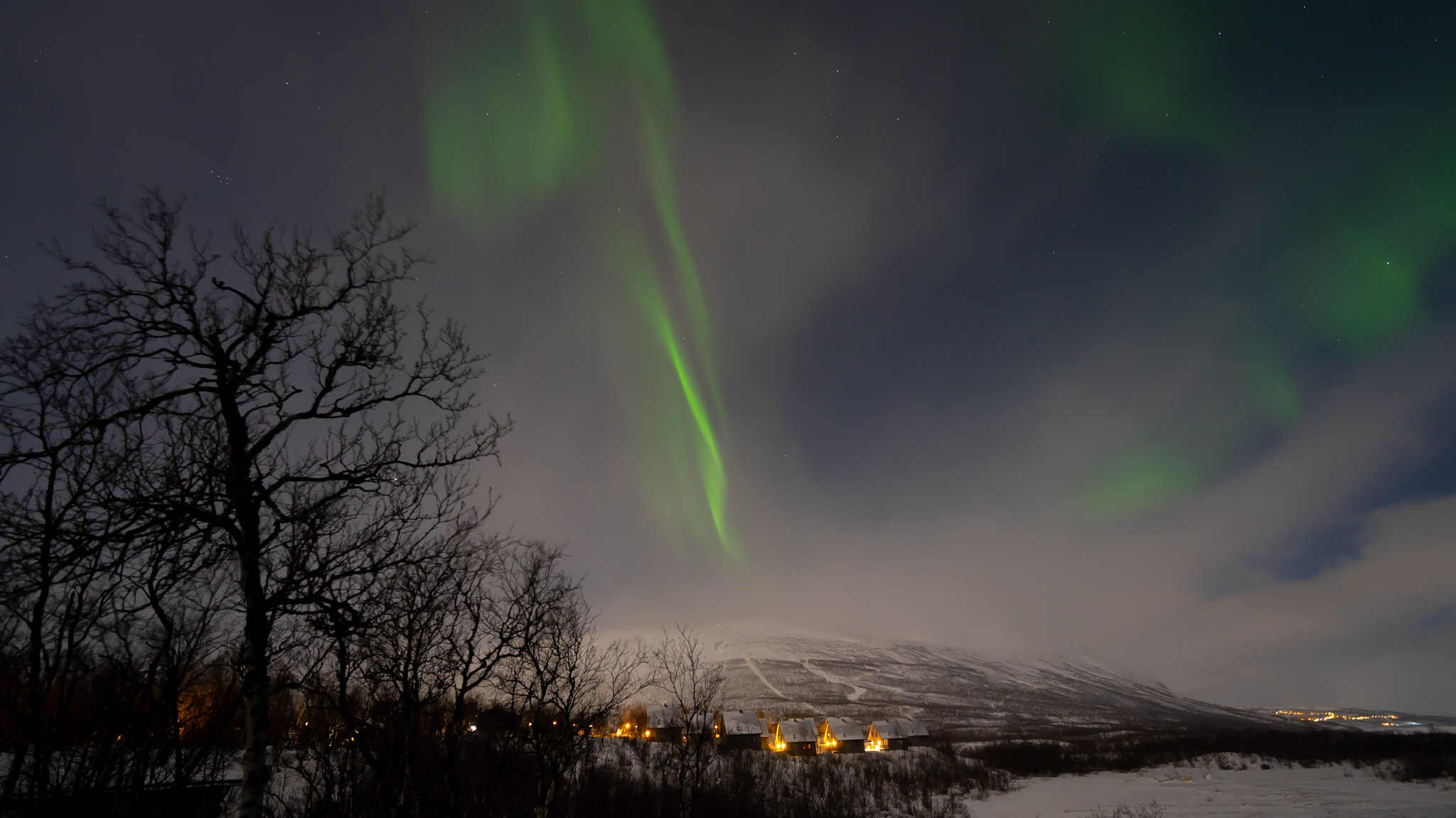
As we near solar maximum — a period of heightened solar activity within the sun's 11-year solar cycle — the question on everyone's lips is "Where should I go to see the northern lights"?
The northern lights, or aurora borealis, are caused by energetic particles from the sun. When they hit Earth our magnetic field funnels them toward the poles (we have southern lights, or aurora australis, in the southern hemisphere too). All you need to see them is the right conditions, patience and a little bit of luck.
While there is no guarantee that you will see the northern lights on any given trip, one place where the likelihood of seeing them might be slightly higher than the rest is Abisko National Park, Sweden. Nestled 121 miles (195 kilometers) within the Arctic Circle, Abisko sits inside the aurora oval, the area surrounding the north and south poles where auroras are usually visible.
Now it's all well and good finding a nice northern location, primed and ready for an aurora show, but as any skywatcher will tell you, the one thing that can put a damper on viewing efforts is … yes you guessed it, a long-time enemy of astronomers … clouds.
But luckily for aurora chasers heading to Abisko National Park, it's not only perfectly located under the aurora oval but it also possesses a secret cloud-busting weapon known as the "Blue Hole".
Related: Aurora myths, legends and misconceptions
The Blue Hole of Absiko is a meteorological phenomenon that owes its existence to the jet stream and prevailing winds that blow in from the Arctic Ocean in a westerly direction. The reliability of these stable westerly winds means that for the majority of the aurora season, the wind blows in the same direction over Abisko, creating a prevailing weather pattern known as a microclimate.
Breaking space news, the latest updates on rocket launches, skywatching events and more!
When the prevailing winds from the Arctic Ocean meet the tall mountains just over Sweden's border with Norway, moist air is blocked by the mountains creating a rain shadow above Abisko. This effectively tears a 10-20 square kilometer "Blue Hole" in the clouds above Abisko and provides a window to the stars even on the cloudiest of nights.
But does the Blue Hole live up to the hype? I went to find out for myself.
Putting Abisko's Blue Hole to the test
Bundled up in more layers than we could count, our tour group shuffled along to the base of Mount Nuolja where a five-course meal at the Aurora Sky Station and a night of skywatching were awaiting us at the summit. To get there? A 20-minute chairlift ride that offered breathtaking views of the dramatic Arctic landscape.
It was a cold, crisp night, illuminated by the full moon peeking through gaps in the cloud. Lake Torneträsk — the sixth-largest body of water in Sweden — stretched as far as the eye can see, flanked by steep mountains that glow white under the moonlight.
After taking in the stunning view, our tour group funneled ourselves into the Aurora Sky Station where, after the long process of climbing out of our warm overalls, we were able to finally sit down to a delightful five-course "Northern Light Dinner" centered around local produce and traditional flavors.
"Oh no, the weather forecast says 100% cloud," cried one of our aurora-chasing group members during dinner. The group was a little disheartened by the forecast but I chose to put my trust in Abisko's Blue Hole and hoped that the skies would clear in time for a northern lights show.
After dinner was topped off with a delicious lingonberry parfait, we sat down to an informative and entertaining presentation about the northern lights led by Viktor van Beelen, our Swedish Tourist Association (STF) tour leader.
Fueled up on delicious food and northern lights knowledge we were ready to embark on a night of aurora hunting.
But did the clouds clear and will the northern lights put on a show for us tonight?
Yes and YES.
Yet again, the Blue Hole prevailed and shifted enough cloud cover to give us a crisp view of the night sky. All we needed to do was sit and wait.
After about an hour, something started to stir. A hazy green river of light began to flow across the night sky, undeterred by the beaming full moon. Activity waxed and waned. The auroral glow completely disappeared at times, only to return to a different part of the sky. Our entire group was transfixed, not sure which way to look.
Then suddenly the sky erupted into a rich cacophony of dancing green ribbons. The green hue that had previously only been visible in photographs was suddenly so bright and vibrant that it was now so clearly visible to the naked eye. The movement was so fast that the lights appeared to dance across the sky. At one point they appeared so close I felt as though I could reach out and touch them.
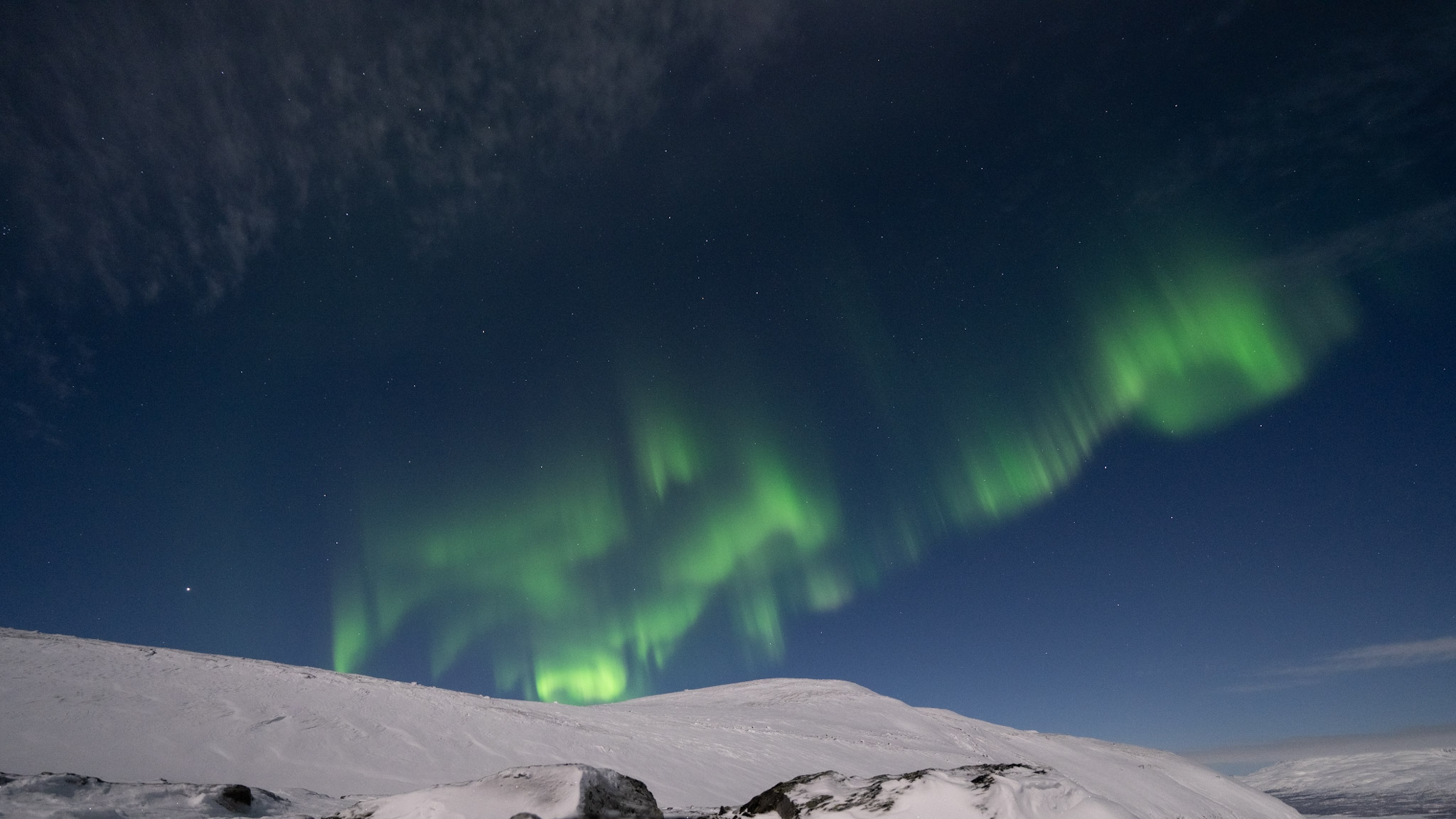
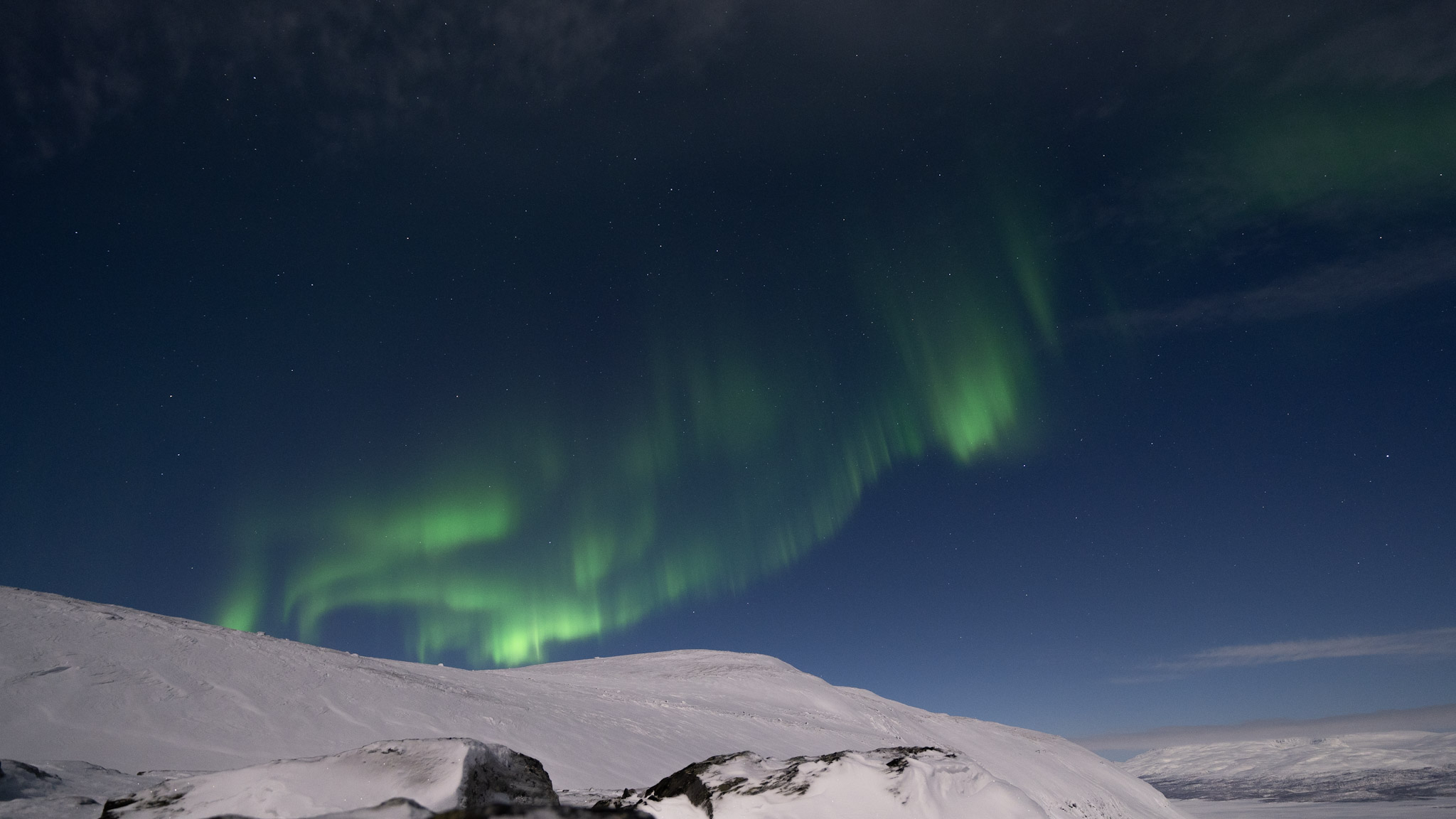

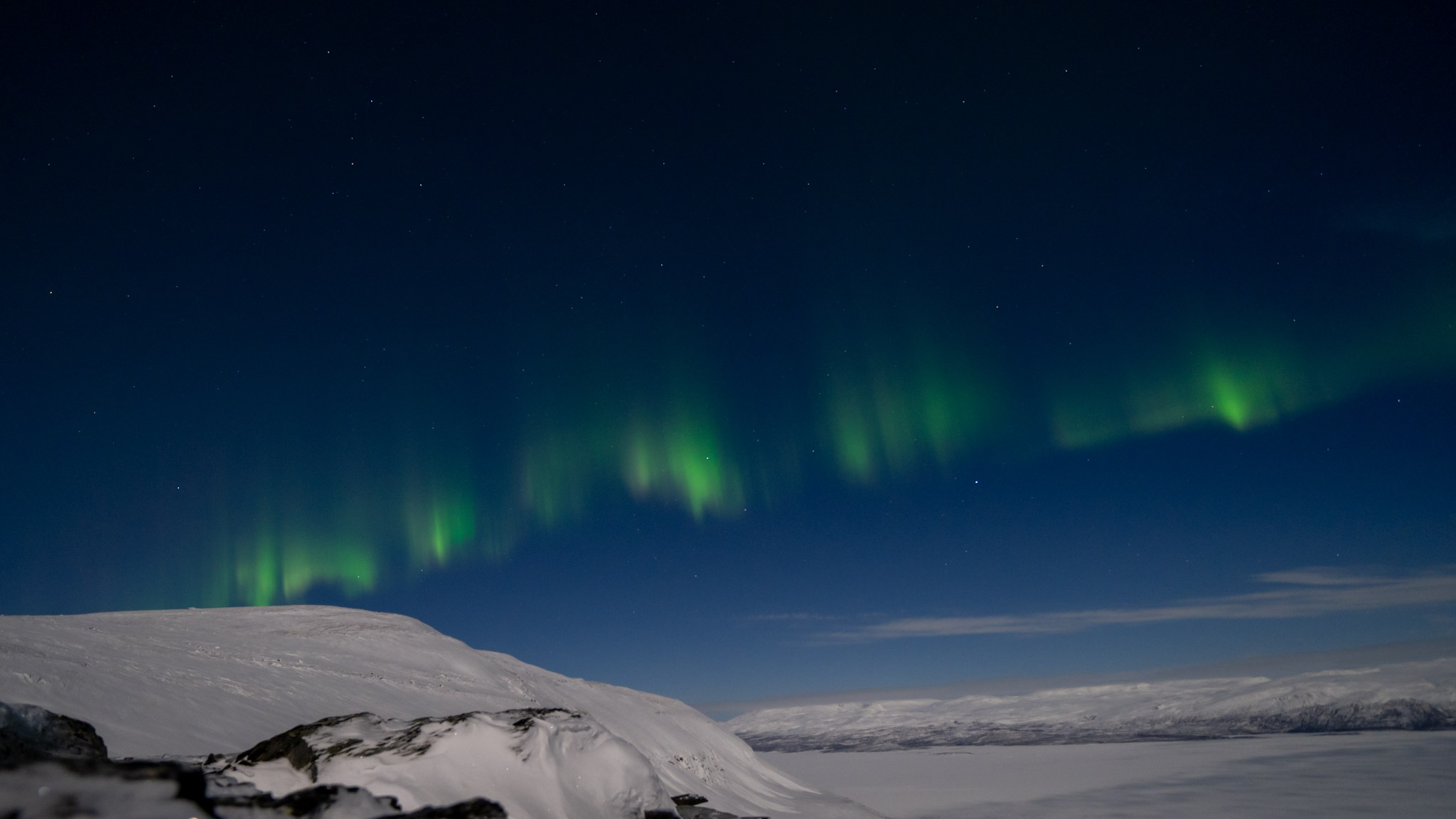
Luckily for me, this wasn't my first time seeing the northern lights in Abisko, I'd been fortunate enough to catch them on all three nights during my trip — with thanks, in large part, to the Blue Hole.
During my first night in Abisko, I met up with Oliver Wright, who works as a senior photographer and guide with the tourism company Lights over Lapland. We headed out to a spot close to STF Abisko Turiststation, which was convenient for me as it was where I was staying for the duration of the trip.
Wright explained Abisko's Blue Hole and gave me some helpful northern lights photography tips that I couldn't wait to try. We were primed and ready. After a couple of hours, we were just about ready to call it a night and admit defeat when the sky began to dance. The dynamic but fleeting northern lights display was over within just a few minutes. Its beauty was second to none and a great introduction to what was to come.
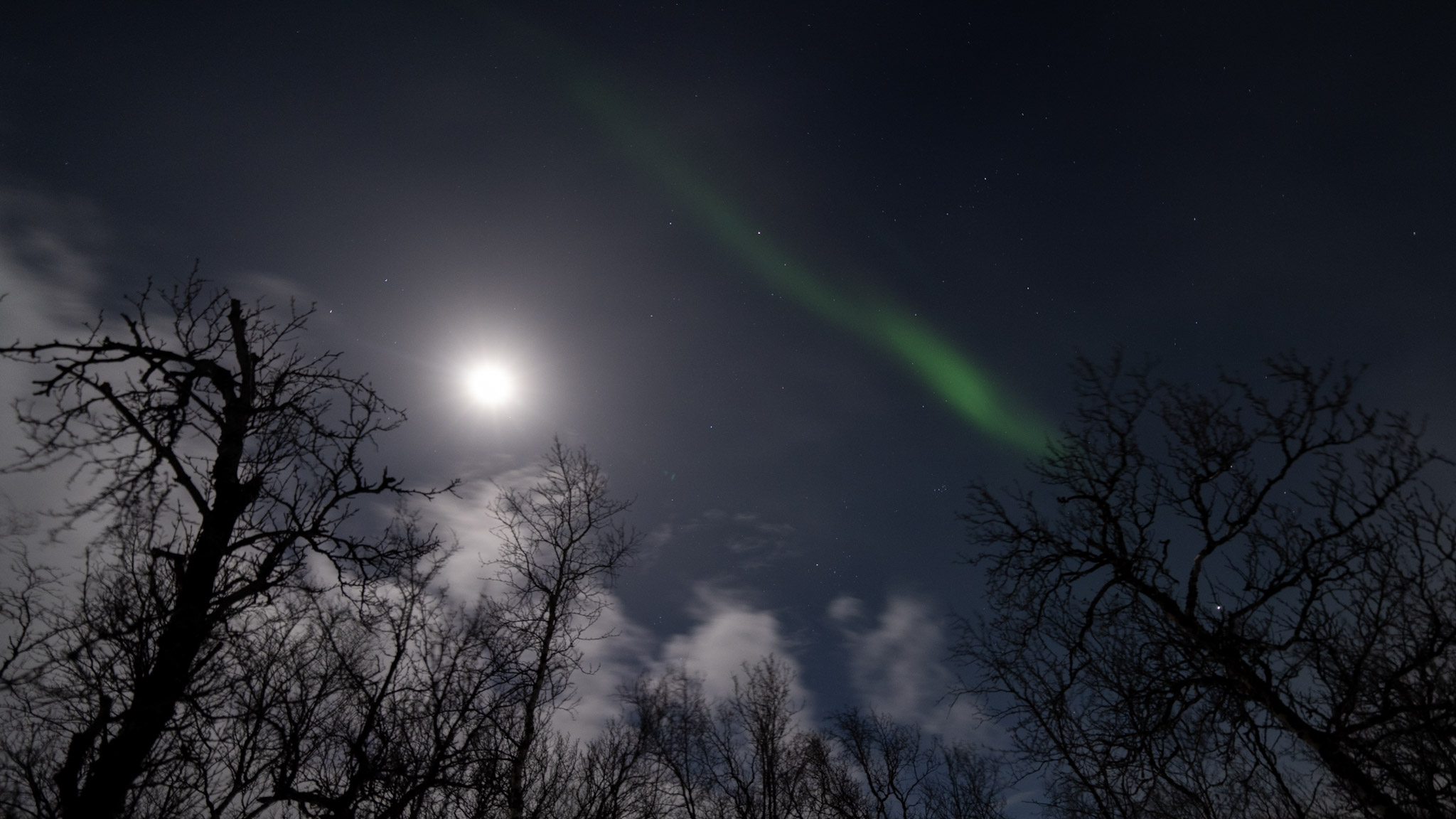
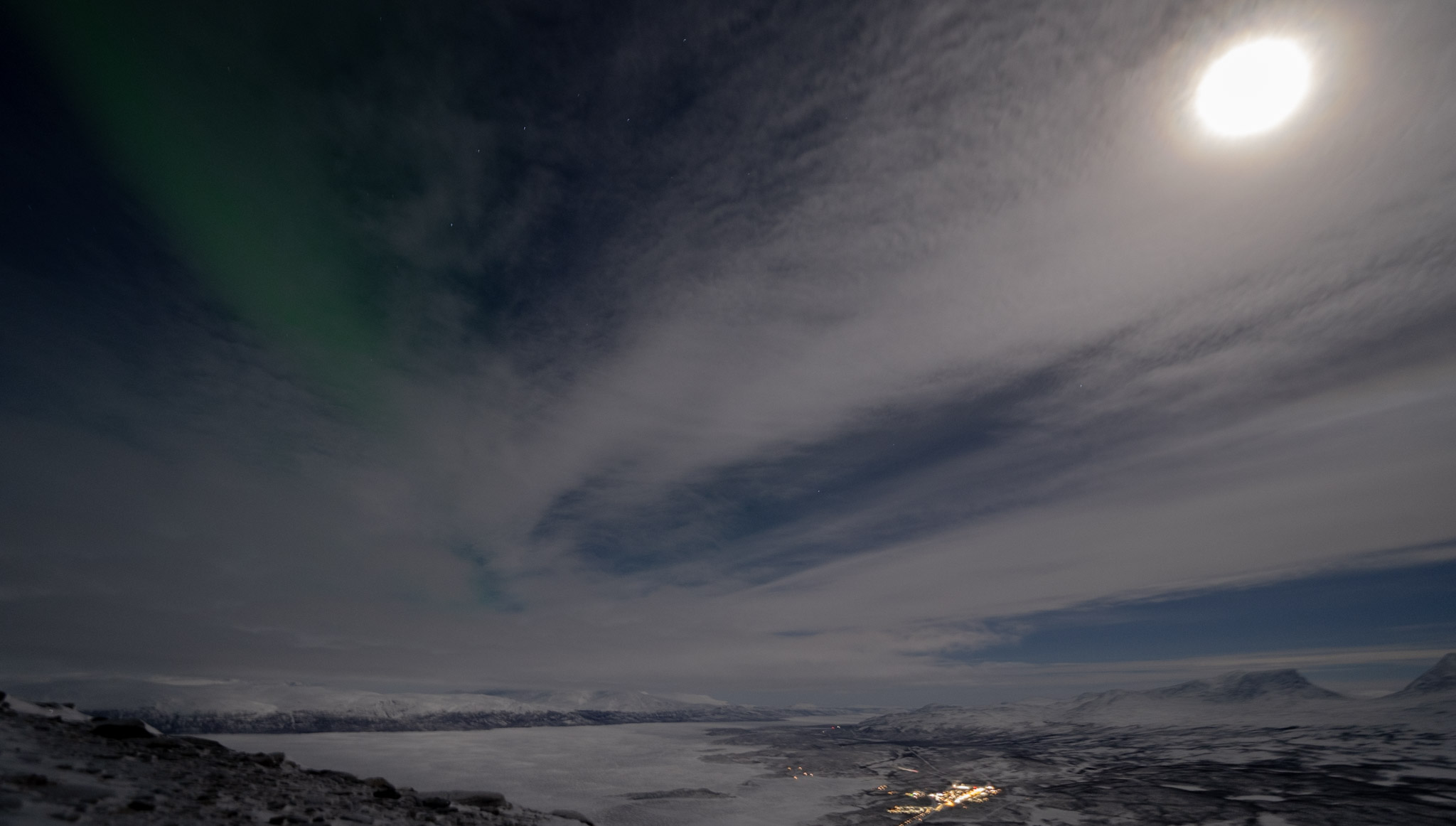
On the second night, I joined a group of aurora hunting enthusiasts on Lights over Lapland's "Ultimate Aurora Photo Adventure" tour led by talented photographer and guides Miquel Such and Julien Pröpper. We began our journey in a 6-person sled being pulled by a snowmobile. As we journeyed through Abisko's National Park gazing up at tree branches so frozen they glistened in the moonlight, it felt like we were racing through a fairytale.
We set up our cameras in a large clearing in the forest that offered both beautiful mountain views and a cozy yurt containing a roaring fire, the perfect place to warm up and enjoy some hot lingonberry juice. Our guides Such and Pröpper shared their knowledge and love for Abisko with us and told tales of some of their wildest northern lights experiences.
On this night we didn't have to rely on Abisko's Blue Hole to work its magic as the sky was completely clear. We were treated to multiple sporadic displays throughout the evening. Some were so fast that there simply was no time to faff around with your camera as you'd have missed the spectacle above. In a way, it was nice to just stand back, watch, and let your eyes take in every last drop of the ethereal display.
That being said, I did of course capture a heap of amazing photographs from that night. It was also a strange feeling to experience moon-cast shadows at night but not during the day as the sun doesn't rise above the horizon during the polar night.
Where to stay
During the three nights of my Abisko adventure, I stayed at STF Abisko Turiststation, in the heart of Abisko National Park. STF Abisko Turiststation's main building is a hub of activity with a delightful restaurant, bistro, and of course — sauna! It also serves as a convenient meeting point for anyone booked on excursions from the Abisko area. I stayed in one of their rooms in the main building, but there is also a hostel and various cabins next door to suit every budget and need.
STF Abisko Turiststation is perfectly situated for anyone wanting to explore Abisko National Park and the surrounding region. The Kungsleden — the King's Trail — one of the world's most famous hiking trails more than 280 miles (450 km) long is easily accessible from the Turiststation as is STF Aurora Sky Station, Lake Torneträsk and Mount Nuolja.
What to do during the day
While most nights are spent chasing elusive auroras, there are also ample activities to keep you occupied throughout the day.
During my second morning, I took part in an invigorating snowshoe hike through Abisko National Park, led by STF guide Viktor van Beelen who also led our Northern Lights Dinner trip up Mount Nuolja. During our two-hour walk, van Beelen told us about Abisko's wildlife and pointed out a range of different animal tracks in the snow. We even saw a snow hare! (Well, when I say "saw", I could just about make some movement of something small, somewhere in the distance.) A little later, for a fleeting second, we spotted a ptarmigan take flight and then disappear among the snow-capped birch trees.
Wherever I turned during the hike, the beautiful Lapporten valley's characteristic U-shaped silhouette was never far away. Lapporten is an important part of Sami culture — the Sami are indigenous to the Sápmi region which stretches across northern parts of Sweden, Norway, Finland and Russia's Kola Peninsula. The "gateway" to the south provides the Sami people and their reindeer with passage through the mountains. It is also known as the "Goose Valley" as geese use the convenient gap in the mountains during their migration.
There were daily excursions available to book at STF Abisko Turiststation from cross-country skiing to ice fishing, ice climbing and various hikes. So you were never left twiddling your thumbs! With many hiking trails nearby, it is also so easy to get out and explore Abisko National Park on your own. When a little downtime is required there are so many cozy nooks to sit and relax at STF Abisko Turiststation. The sauna is also the perfect place to unwind after a long day of exploring.
Kiruna is just over an hour away by car or train for those wanting to venture a little further afield. The bustling Arctic town is "on the move" quite literally. Billed as the world's most radical relocation project, Kiruna is moving to a new home due to subsidence from the local iron ore mine — the largest iron ore mine in the world producing 80% of the EU's supply. The town is being moved about two miles down the road (3 km), including the entire 600-tonne church which is due to move in 2026.
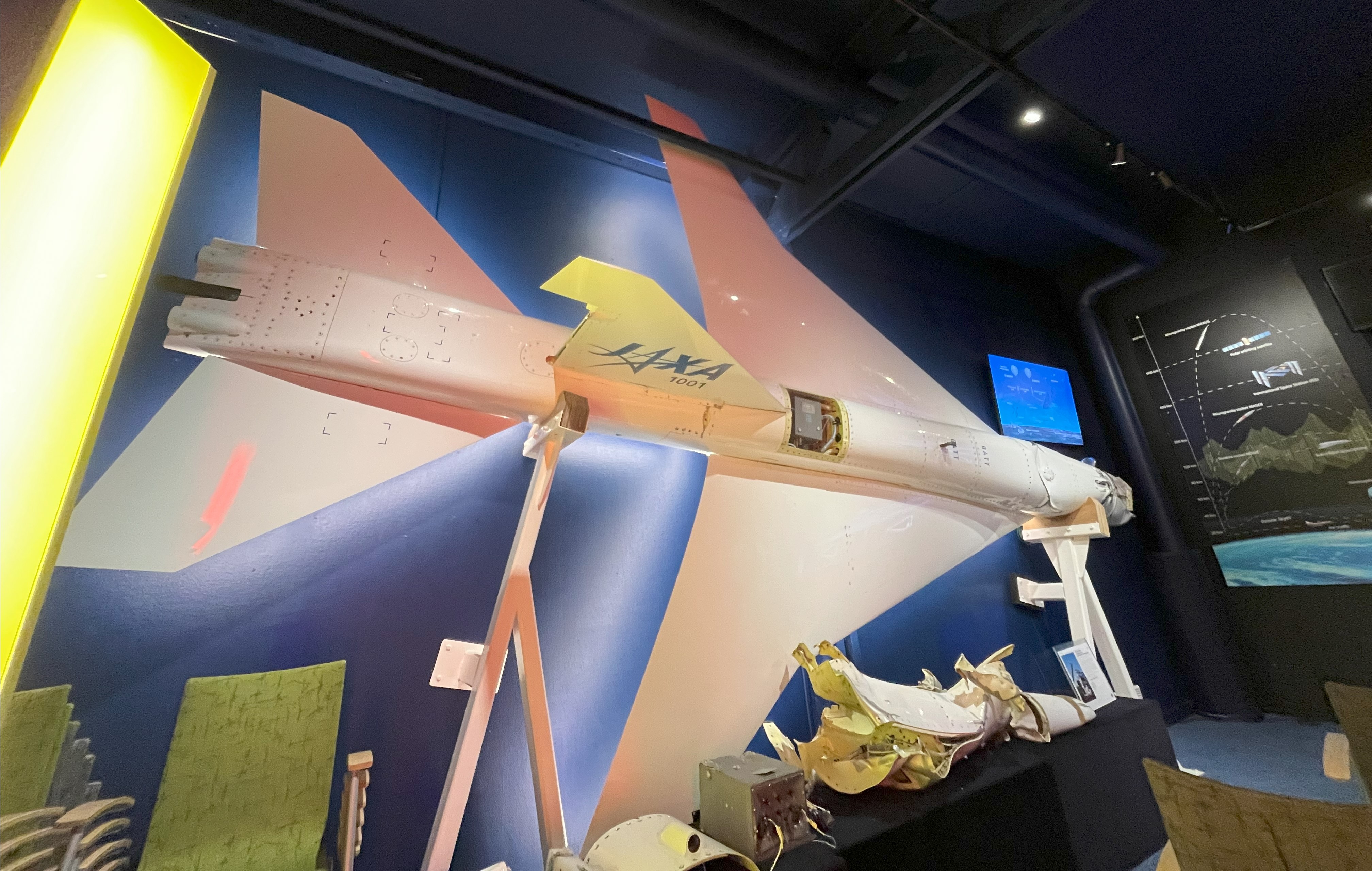
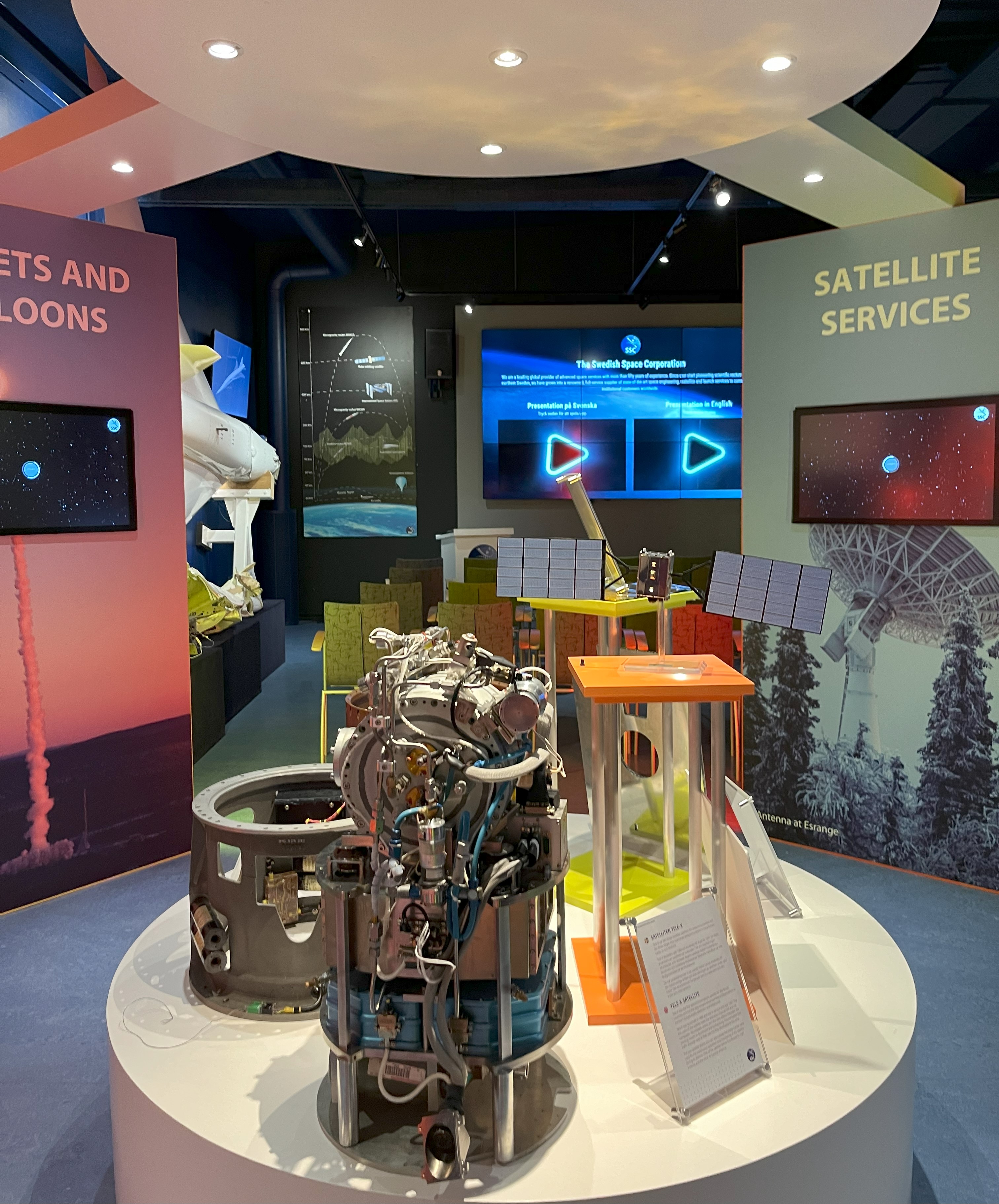
For space buffs, About 28 miles (45 km) north of Kiruna is the Esrange Space Center which is owned and operated by the Swedish Space Corporation and has a small visitor center at the main gates. In operation since 1966, Esrange is an incredibly versatile space center, used by the international scientific community for launching sounding rockets, microgravity research as well as high altitude balloon experiments for astronomy and atmospheric research. Esrange also performs drop tests of space and aerial vehicles, rocket engine and fuel tests as well as housing one of the world's largest civilian ground stations. Esrange is leading the way in the "European Space Race" as it prepares new launch pads to support orbital launch vehicles and reusable rocket tests.
Editor's note: This article was made possible by travel provided by Swedish Lapland and Visit Sweden.

Daisy Dobrijevic joined Space.com in February 2022 having previously worked for our sister publication All About Space magazine as a staff writer. Before joining us, Daisy completed an editorial internship with the BBC Sky at Night Magazine and worked at the National Space Centre in Leicester, U.K., where she enjoyed communicating space science to the public. In 2021, Daisy completed a PhD in plant physiology and also holds a Master's in Environmental Science, she is currently based in Nottingham, U.K. Daisy is passionate about all things space, with a penchant for solar activity and space weather. She has a strong interest in astrotourism and loves nothing more than a good northern lights chase!
